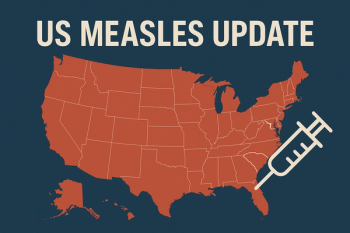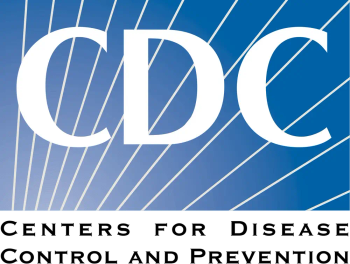
Tularemia and the Battle to Protect Against It
An uncommon disease, tularemia, can pose unique challenges for health security and response efforts.
When we think of biological threats and bioterrorism, it’s easy to imagine diseases like
Its classification as a Category A agent makes the bacterium that causes tularemia, Francisella tularensis (F. tularensis), particularly challenging. Its ability to spread through both animal/vector exposures and through occupational hazards makes it unique. Tularemia is highly infectious and can spread through tick or deer fly bites, handling of infected animals, or inhalation of dust or aerosols that are contaminated. The distribution of cases mirrors that of the vectors and animals F. tularensis inhabits, which reflect profound changes to the environment through globalization, mass migration, and industrialization (ie, flooding, mild winters, abandoned housing, etc.). In fact,
There have also been occupational exposures due to aerosol-generating practices or laboratory safety mishaps that have occurred, which is somewhat unique to tularemia. Although
Naturally-occurring tularemia infections tend to follow the distribution of its animal and arthropod vectors, thus cases are seen in Martha’s Vineyard, the south-central United States, the Pacific Northwest, etc. A
Because tularemia infections can occur naturally, surveillance and response efforts against the infection are critical. Antibiotics like streptomycin and doxycycline can treat the bacterial infection; however, the disease is uncommon and has non-specific symptoms, it can pose diagnostic challenges for clinicians. According to the CDC, the only
Appili Therapeutics is one company that is making progress towards a tularemia vaccine. They recently signed a license agreement with the National Research Council of Canada to develop
Highly infectious diseases like tularemia pose unique threats to global health security, especially as zoonotic diseases that are susceptible to environmental and social influencers. Prevention efforts through vaccination, rapid diagnosis, and stronger surveillance will be critical as populations grow and encroach on nature.
Newsletter
Stay ahead of emerging infectious disease threats with expert insights and breaking research. Subscribe now to get updates delivered straight to your inbox.



















































































































































































































































































